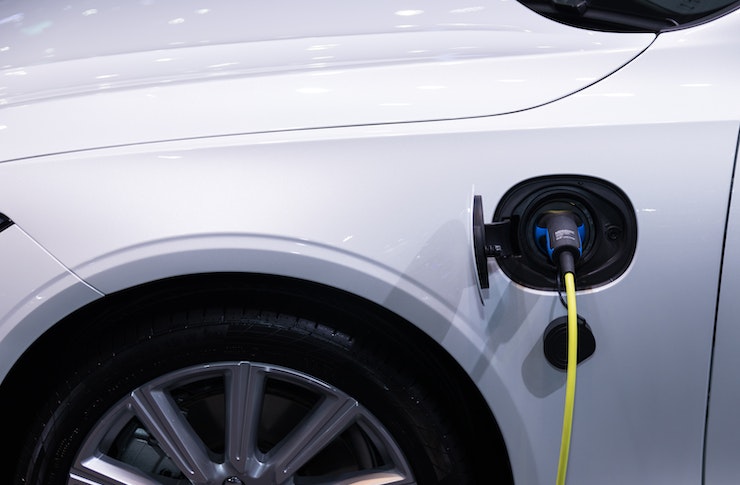Eco-Friendly Road Trip Vehicles: Payment Flexibility for Modern Campers
The recreational vehicle industry is experiencing a significant shift toward sustainable travel solutions, with electric RVs and campers leading the charge. These innovative vehicles combine the freedom of traditional road trips with environmental responsibility, offering travelers a way to explore nature while minimizing their carbon footprint. Modern electric camping vehicles provide impressive range capabilities, advanced charging infrastructure compatibility, and flexible financing options that make eco-friendly adventures more accessible than ever before.

Electric recreational vehicles represent a revolutionary approach to outdoor adventures, transforming how Americans experience camping and road trips. These battery-powered alternatives to traditional gas-powered RVs offer quiet operation, zero emissions during travel, and significantly reduced operating costs over time.
Understanding Electric RV Technology and Capabilities
Electric RVs utilize advanced lithium battery systems that can power both propulsion and onboard amenities. Most models feature regenerative braking systems that help extend range, while sophisticated energy management systems optimize power distribution between driving and camping needs. Current electric RV models typically offer ranges between 150-300 miles per charge, depending on size, weight, and driving conditions.
The charging infrastructure for electric RVs continues expanding across the United States, with dedicated RV charging stations appearing at campgrounds, rest stops, and travel centers. Many electric RVs can utilize standard Level 2 charging stations, though some larger models require specialized high-power charging equipment.
Electric Camper Options Available in the USA
The American market offers various electric camping solutions, from compact camper trailers to full-sized motorhomes. Smaller electric campers, often called e-campers, provide lightweight alternatives perfect for weekend getaways. These units typically feature solar panel integration, allowing for extended off-grid camping experiences.
Larger electric motorhomes incorporate full kitchen facilities, bathroom amenities, and sleeping accommodations while maintaining electric propulsion. Many manufacturers now offer hybrid options that combine electric motors with backup generators for extended range capabilities.
Financing and Payment Solutions for Electric Camping Vehicles
The electric RV market has developed flexible payment structures to accommodate various budgets and preferences. Traditional RV loans remain available for electric models, often with extended terms due to higher initial purchase prices. Some manufacturers offer lease programs specifically designed for electric recreational vehicles, allowing customers to experience the technology without full ownership commitment.
Specialized financing programs for eco-friendly vehicles sometimes include favorable interest rates or tax incentive coordination. Many lenders now recognize electric RVs as appreciating assets due to advancing technology and increasing demand, potentially improving loan terms compared to traditional RV financing.
| Vehicle Type | Manufacturer | Price Range | Key Features |
|---|---|---|---|
| Compact Electric Camper | Winnebago eRV2 | $50,000-$75,000 | Solar integration, 200-mile range |
| Mid-Size Electric RV | Thor Industries E-Class | $125,000-$175,000 | Full amenities, 250-mile range |
| Luxury Electric Motorhome | Newmar Electric Coach | $300,000-$500,000 | Premium features, 300-mile range |
| Electric Camper Trailer | Airstream eStream | $75,000-$125,000 | Lightweight, towable design |
Prices, rates, or cost estimates mentioned in this article are based on the latest available information but may change over time. Independent research is advised before making financial decisions.
Environmental Benefits and Operating Cost Advantages
Electric RVs eliminate tailpipe emissions, significantly reducing environmental impact during travel. The quiet operation of electric motors enhances the camping experience by minimizing noise pollution in natural settings. Many electric RV owners report substantial savings on fuel costs, with electricity typically costing less per mile than gasoline or diesel.
Maintenance requirements for electric RVs are generally lower than traditional models, as electric motors have fewer moving parts and require less frequent servicing. Brake systems in electric RVs often last longer due to regenerative braking technology that reduces wear on traditional brake components.
Planning Electric RV Adventures Across America
Successful electric RV travel requires careful route planning that considers charging station locations and availability. Many electric RV manufacturers provide trip planning tools and mobile applications that help identify compatible charging infrastructure along planned routes.
Campgrounds increasingly offer electric RV charging capabilities, with some facilities providing dedicated high-power charging stations for recreational vehicles. National and state parks are gradually expanding their electric vehicle infrastructure to accommodate the growing number of electric RV travelers.
The transition to electric recreational vehicles represents more than just a technological shift; it embodies a commitment to sustainable outdoor recreation. As charging infrastructure continues expanding and battery technology improves, electric RVs are becoming increasingly practical for extended adventures across the diverse landscapes of America. The combination of environmental benefits, operational savings, and advancing technology makes electric camping vehicles an attractive option for modern outdoor enthusiasts seeking responsible ways to explore the natural world.



